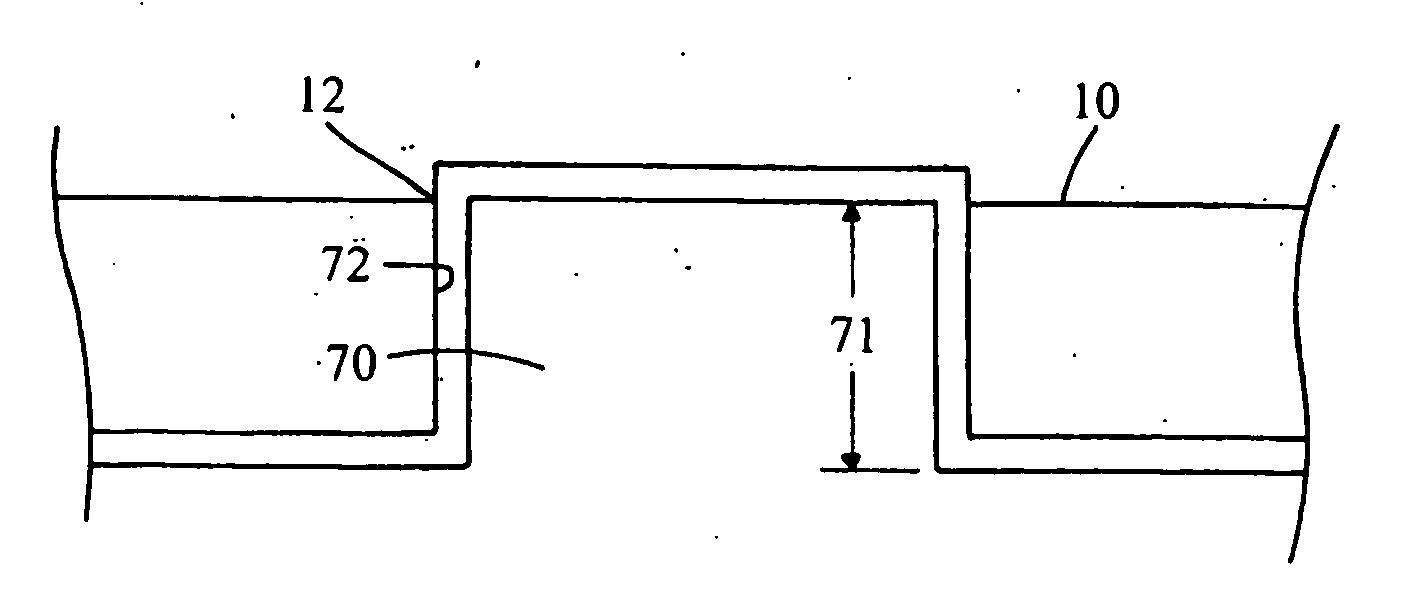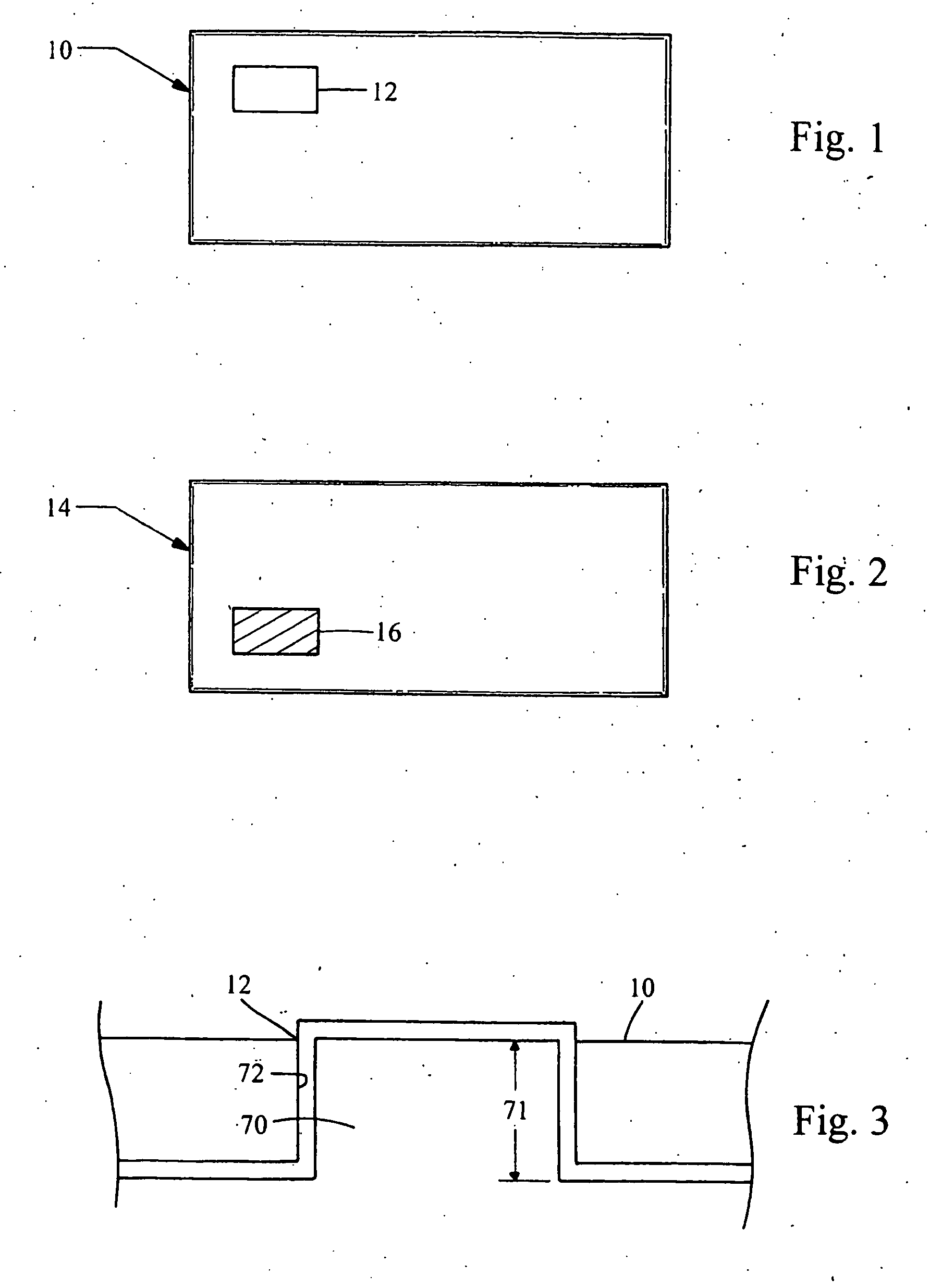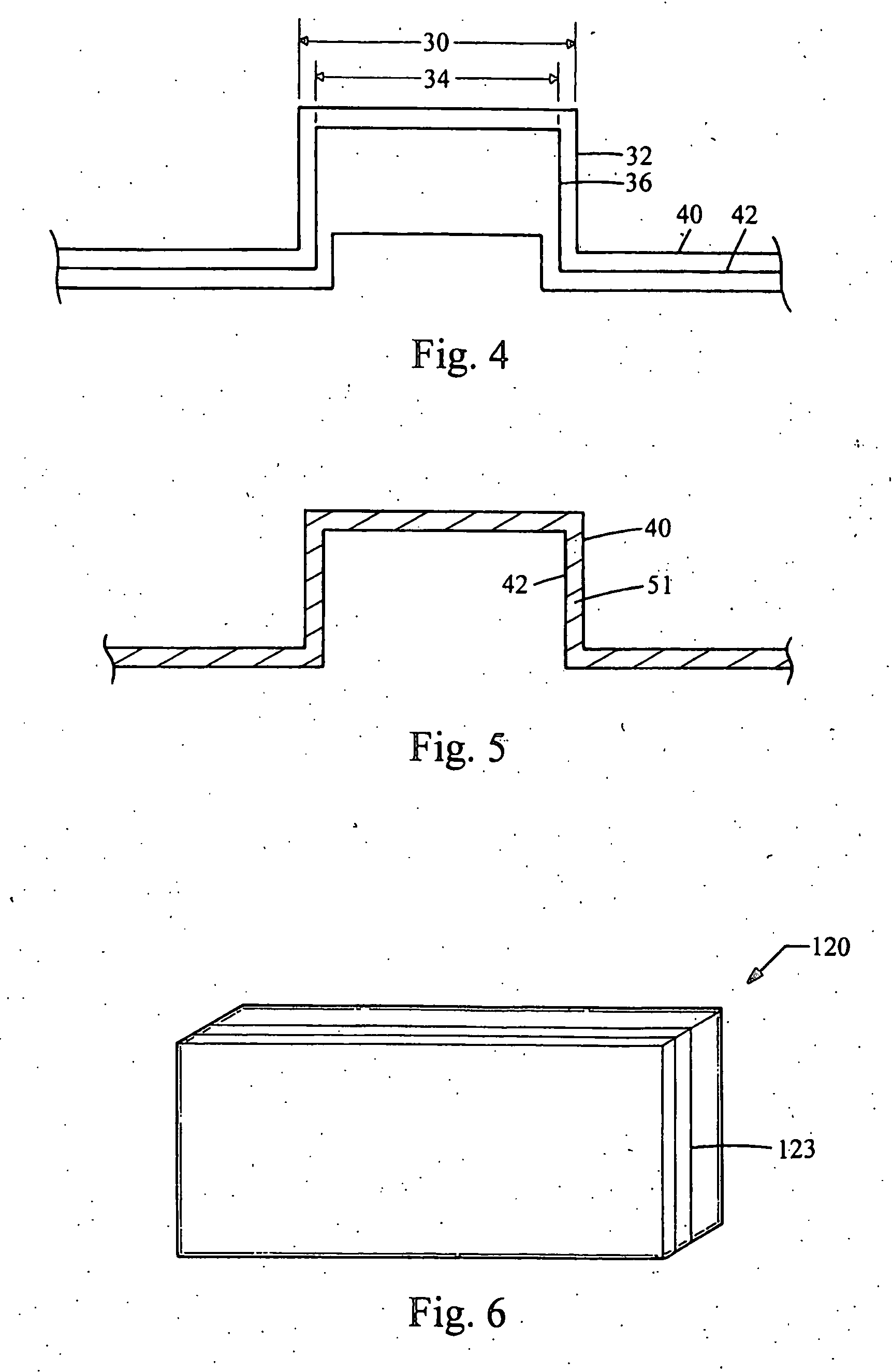Method and an apparatus for the creation of a tangible item, such as a tool and/or a part, and a tangible item
a tangible item and method technology, applied in the field of tangible items creation methods and apparatuses, can solve the problems of poor overall performance, difficult to cause a large number of sectional members to properly and cooperatively produce a large tool, variable and often unequal amount of compression within, etc., to achieve cost-efficient and relatively accurate manner, varying size and shape, the effect of varying the size and shap
- Summary
- Abstract
- Description
- Claims
- Application Information
AI Technical Summary
Benefits of technology
Problems solved by technology
Method used
Image
Examples
Embodiment Construction
[0029] Referring now to FIG. 1, there is shown a sectional member 10 which is made in accordance with the teachings of the preferred embodiment of the invention. Particularly, it should be appreciated that sectional member 10 may be of substantially any desired shape and size (i.e., of any desired geometric configuration) and that nothing in this description is meant or should be construed to limit that size, shape, or geometric configuration of the sectional member 10 in any manner whatsoever. The term “sectional member” may mean a tangible item which has spatial properties (e.g., size and shape) derived from a model of an overall desired tangible item to be produced and which is adapted to be selectively coupled to another sectional member to cooperatively form the desired overall tangible item. Such sectional member may be made by a similar process to that which is shown and described within the '742 Patent.
[0030] According to the teachings of the present invention and as perhap...
PUM
| Property | Measurement | Unit |
|---|---|---|
| cylindrical shape | aaaaa | aaaaa |
| dimension | aaaaa | aaaaa |
| perimeter | aaaaa | aaaaa |
Abstract
Description
Claims
Application Information
 Login to View More
Login to View More - R&D
- Intellectual Property
- Life Sciences
- Materials
- Tech Scout
- Unparalleled Data Quality
- Higher Quality Content
- 60% Fewer Hallucinations
Browse by: Latest US Patents, China's latest patents, Technical Efficacy Thesaurus, Application Domain, Technology Topic, Popular Technical Reports.
© 2025 PatSnap. All rights reserved.Legal|Privacy policy|Modern Slavery Act Transparency Statement|Sitemap|About US| Contact US: help@patsnap.com



